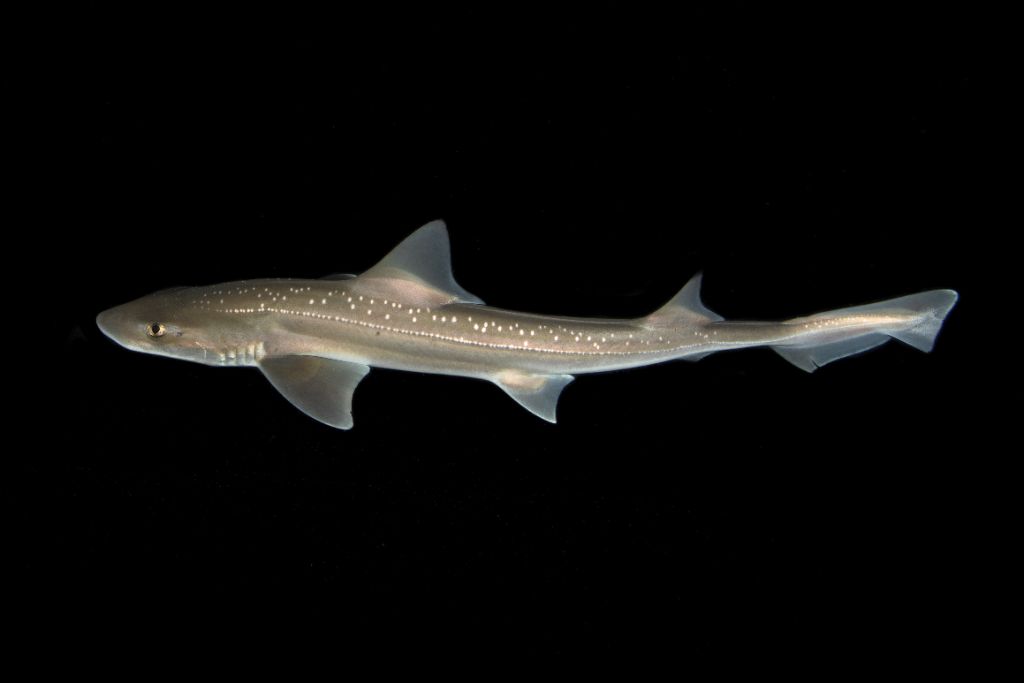Click, Click, Click... First Shark Sounds Recorded

Carolin Nieder was studying shark hearing for her PhD when she realised that clicking sounds came from rig sharks when she handled them.
“At first we had no idea what it was, because sharks were not supposed to make any sounds,” she told the Scientific American. “I remember coming home and just thinking more and more about how weird those sounds were.”
The study published in Royal Society Open Science is the first documented case of a shark making sounds. The senior author was Professor Craig Radford, an expert in the sounds made and heard by sea creatures.
In the case of the rig, the forceful snapping of flattened teeth may account for the sounds, Nieder, Radford and their co-authors write. The shark is a small native species found in shallow estuaries and coastal waters. It feeds on crabs on the sea floor and is preyed on by bigger sharks.
Reports of rays producing clicks in response to approaching divers had earlier cast doubt on the long-held view that rays, skates and sharks don't make sounds to communicate.
The rig's clicks during handling may be part of a stress or startle response, the scientists speculate. It remains to be seen whether rigs produce clicks under more natural conditions, without human interference, and whether the noises function as a biological signal of alarm, warning, or defence.
Sound producing mechanisms are incredibly diverse in fishes. A key method involves the swim bladder and various types of drumming muscles that induce swim bladder vibrations. Another is grinding or snapping hard structures such as bones and teeth.
Nieder is now a researcher at the Woods Hole Oceanographic Institution in the US.


 Parrot Analytics: Netflix Earnings - Price Hikes With Minimal Churn | Will Netflix Be A Bright Spot For Markets?
Parrot Analytics: Netflix Earnings - Price Hikes With Minimal Churn | Will Netflix Be A Bright Spot For Markets? Canterbury Museum: Mystery Molars Lead To Discovery Of Giant Crayfish In Ancient Aotearoa New Zealand
Canterbury Museum: Mystery Molars Lead To Discovery Of Giant Crayfish In Ancient Aotearoa New Zealand Ngā Pae o te Māramatanga: Māori Concerns About Misuse Of Facial Recognition Technology Highlighted In Science
Ngā Pae o te Māramatanga: Māori Concerns About Misuse Of Facial Recognition Technology Highlighted In Science Retail NZ: Retailers Call For Flexibility On Easter Trading Hours
Retail NZ: Retailers Call For Flexibility On Easter Trading Hours WorkSafe NZ: Worker’s Six-Metre Fall Prompts Industry Call-Out
WorkSafe NZ: Worker’s Six-Metre Fall Prompts Industry Call-Out PSGR: Has MBIE Short-Circuited Good Process In Recent Government Reforms?
PSGR: Has MBIE Short-Circuited Good Process In Recent Government Reforms?



